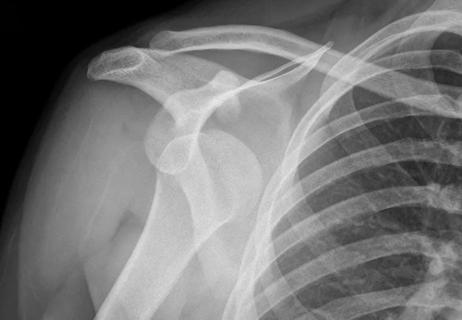The short answer from an orthopaedic surgeon

A: Has your shoulder ever popped out of place? You feel the pop — and then the pain. Unfortunately, if this happens, you are more at risk for shoulder instability and re-injury, especially if you’re young and active.
Advertisement
Cleveland Clinic is a non-profit academic medical center. Advertising on our site helps support our mission. We do not endorse non-Cleveland Clinic products or services. Policy
In some cases, the ball at the top of your upper arm bone (humerus) may come out of the socket only partially — called “subluxation.” This means that your shoulder moves past the normal location on the socket but is not completely out of place.
When it pops out completely, it’s known as dislocation. Both injuries can cause pain, arm weakness and swelling.
Some dislocations spontaneously reduce, and it’s difficult to determine if they were subluxations or dislocations. Your doctor can use advanced imaging, such as an MRI, as well as conducting a thorough history and physical to help determine this.
A shoulder dislocation may stretch or tear surrounding ligaments, tendons and muscles. It may even bruise or damage the bone.
Both immediate medical treatment and follow-up care are important because tearing muscles or ligaments typically leads to shoulder instability, which makes it easier for your shoulder to pop out again.
— Orthopaedic surgeon Anne Marie Chicorelli, DO.
Advertisement
Learn more about our editorial process.
Advertisement

Sometimes, it does require surgery

Don’t ignore obvious warning signs of more serious shoulder issues

Most recommended precautions center around minimizing bruising or swelling

Even one drink can have an impact on your cognitive function leading to slurred speech, blurred vision and impaired memory

Understand who may (and may not) benefit

Lorem ipsum dolor sit amet. Et odio Quis vel ipsam omnis eum alias deleniti et placeat impedit non voluptas galisum hic autem enim et cupiditate aliquid. Est beatae quidem non facilis autem ut commodi nisi aut tempore rerum et dolores voluptatem cum enim optio id sapiente quasi. Ad laboriosam officiis 33 cupiditate sequi ea voluptatum consectetur qui necessitatibus voluptate et quasi doloremque et facere explicabo quo explicabo officia

Type 2 diabetes isn’t inevitable with these dietary changes

Applying a hot or cold compress can help with pain